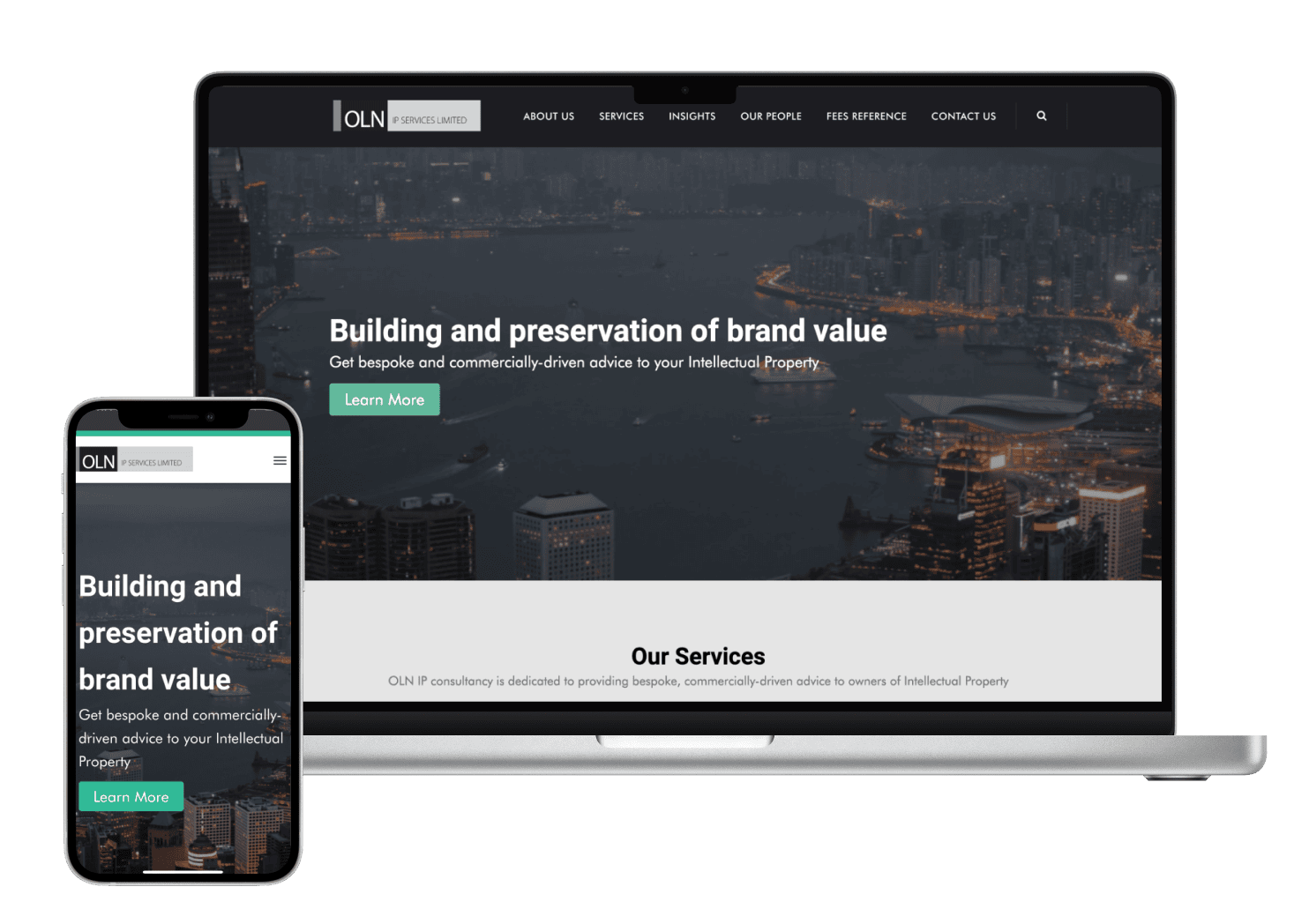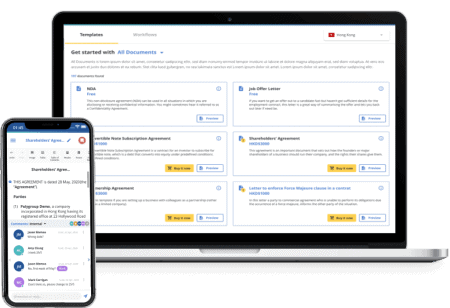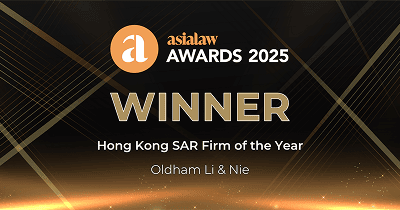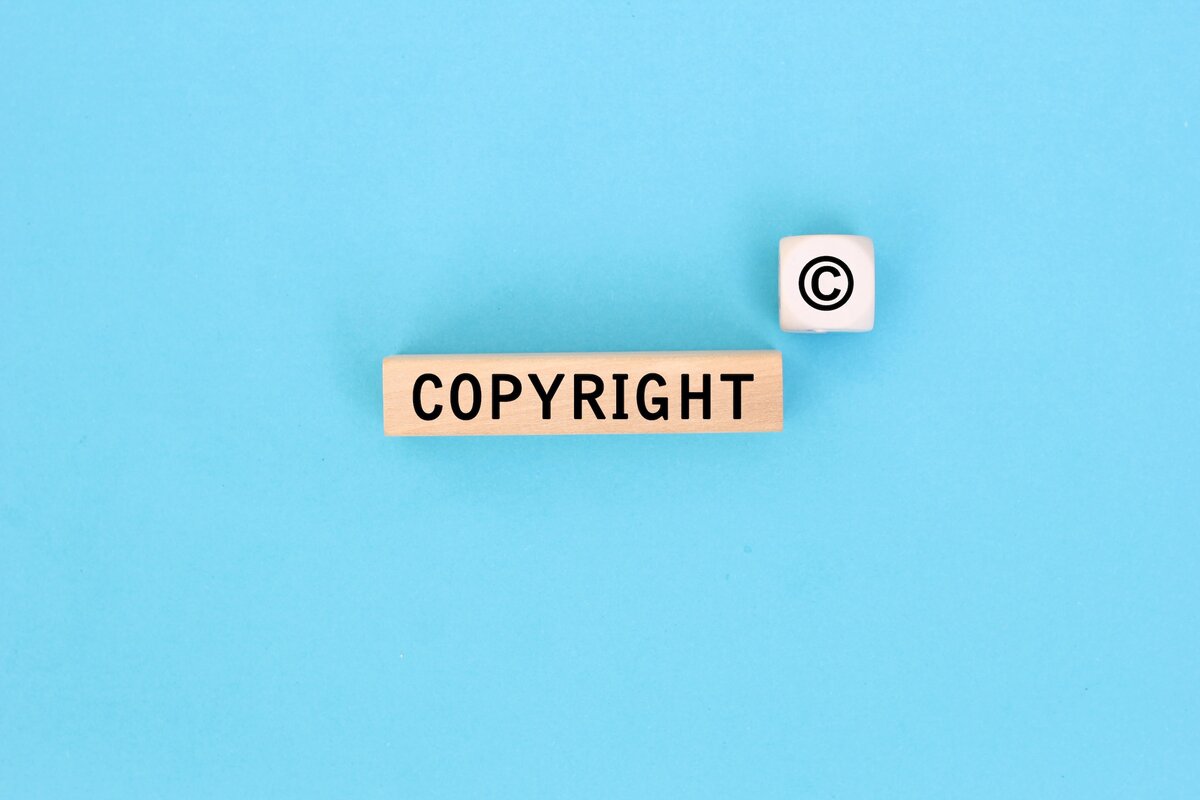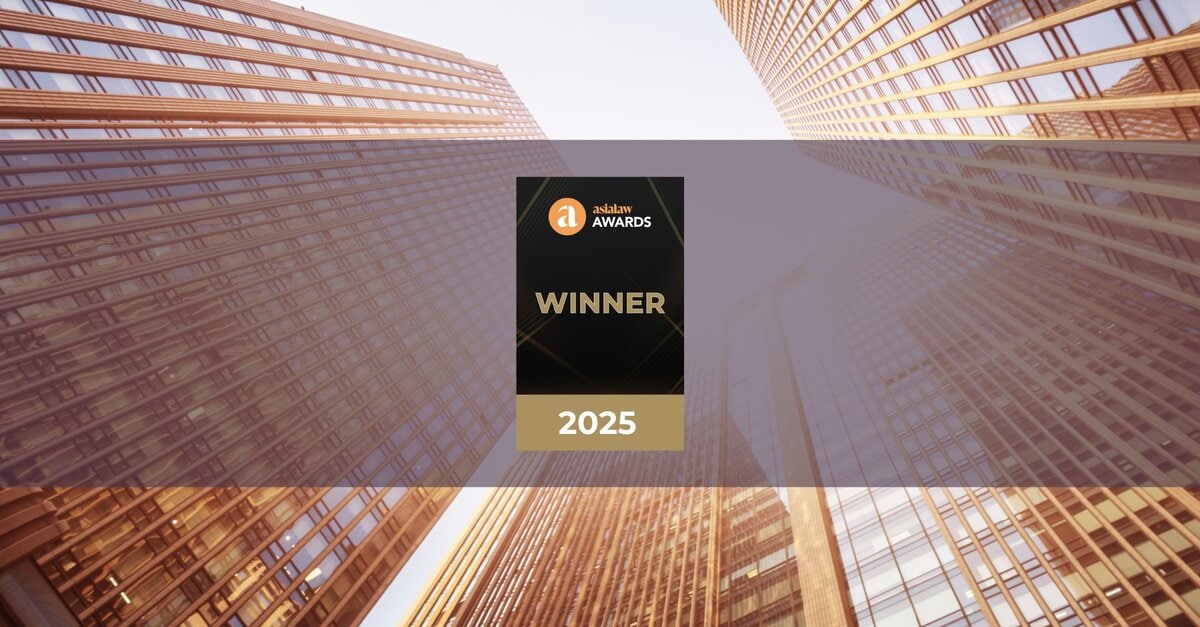SPAC or Not To SPAC: An Alternative Route to Go Public Without an IPO (I)
16 Nov 2020
SPACs have made a comeback in the equity capital market in recent years, particularly in 2020 where the global economy is adversely affected by the COVID-19 pandemic. What are SPACs, what do they do and why are they becoming so popular? Part I of this article will discuss the history and characteristics of SPAC, where and how they get listed. Part II will focus more on what investors get from investing in SPACs and what SPACs do with the money raised.
History and characteristics of SPAC
SPAC, also known as Special Purpose Acquisition Company, is a company established solely for the purpose of raising capital through IPOs. SPAC is not a newly developed vehicle or concept, it has been around for some decades and there have been ups and downs for SPACs. Recently, there has been an increase in the number of SPAC IPOs. Total funds raised jumped from approximately US$3.5 billion through 13 SPAC IPOs in 2016 to approximately US$13.6 billion through 59 SPAC IPOs in 2019 and so far in 2020, there has been 178 SPAC IPOs raising a total of approximately US$64.8 billion1. The average SPAC IPO size also increased from less than US$250 million to approximately US$370 million in 2020. The SPACs and SPAC IPOs referred to in this article generally refer to those in the US market.
The main difference between a SPAC and other companies that raise funds through IPOs is that SPACs have no commercial operations at the time of listing. There is only one purpose of the listing of a SPAC and that is to raise funding for its business combination, merger with or acquisition of other private operating companies post-IPO such that the private operating company would be able to achieve a listing status without the need to go through the traditional lengthy IPO process. The post-IPO acquisition of or business combination with the private business by a SPAC is generally known as the “de-SPAC transaction”.
SPACs have always been viewed as an alternate route for private operating companies which otherwise may not satisfy listing requirements or find the traditional IPO route too costly and time consuming to go public. SPAC acquires private companies with funds raised from its IPO to achieve this. SPACs offer investors a chance to invest in a fund which are then used to acquire one or more target businesses after the SPAC IPO. The target businesses are usually not identified prior to the IPO to avoid extensive disclosures during the listing process and generally there is a statement in the IPO prospectus specifically to inform investors that there is no identified business combination, acquisition or merger targets nor substantive discussion with any potential target has been initiated. This is why SPACs are also referred to as “blank check companies”, since investors in the IPO do not know which company will ultimately receive their money.
Where can SPACs go for an IPO?
The United States stock exchanges such as New York Stock Exchange and NASDAQ have been the popular choice for SPAC IPOs. Certain stock exchanges in the UK (London Stock Exchange) and Europe (Euronext Paris, Euronext Amsterdam) also welcome listing by SPACs but the number of IPOs are not comparable with that in the US. In Asia, several countries accept listing of SPACs, including Malaysia, Singapore and South Korea. The number of IPOs and the capital raised in these Asian countries are not comparable with that in the United States. While the timeframe for US listed SPACs to complete the subsequent merger is 18-24 months, SPACs listed in Malaysia and South Korea are generally allowed up to 36 months after the IPO to complete the merger.
What are the criteria for a SPAC to get listed and the structure of the listing?
A SPAC IPO in the US will typically consist of “units” where each unit usually consists of a share of common stock and a fraction of a warrant to acquire a share of common stock in the SPAC. The warrant is normally exercisable after the de-SPAC transaction. The sponsor of SPAC will typically retain around 20% of the shares in the SPAC known as “founder shares” at a nominal consideration. This allows the sponsor to achieve a fairly high return regardless of the value of the SPAC. However, there is a major change in the investment structure of a recent SPAC IPO in the US, where the sponsor does not acquire any founder shares at nominal consideration but rather acquire sponsor warrants which are not exercisable until a certain period of time after completion of the de-SPAC transaction at the fair market value. This arrangement substantially reduced the dilution effect on the investors’ interests which makes the investment more attractive to investors when compared with investing in traditional SPACs2 .
There are generally a few criteria built into the structure to protect public investors including:
- a deadline for SPACs to conclude its first business combination or acquisition, typically within 18 to 24 months (maybe extendable);
- a right for investors to approve the proposed target business and/or a right for investors to have their shares redeemed by SPACs;
- a requirement for the IPO proceeds to be held in a segregated trust account; and
- minimum deal value requirements (e.g. where the SPACs is listed on the NYSE, the fair market value of the target company(ies) must equal at least 80% of the SPACs’ assets in the trust account at the time of signing the definitive agreement of business combination/merger/acquisition.)
Disclaimer: Nothing in this article is meant to be or shall be construed as any legal advice on Hong Kong, US or the laws of any other jurisdictions referred to in this article or as any legal advice on SPACs to any person.
1 SPAC Statistics by SPAC Insider
2 Prospectus of Pershing Square Tontine Holdings, Ltd.
 Suite 503, 5/F, St. George's Building, 2 Ice House Street, Central, Hong Kong
Suite 503, 5/F, St. George's Building, 2 Ice House Street, Central, Hong Kong +852 2868 0696
+852 2868 0696



